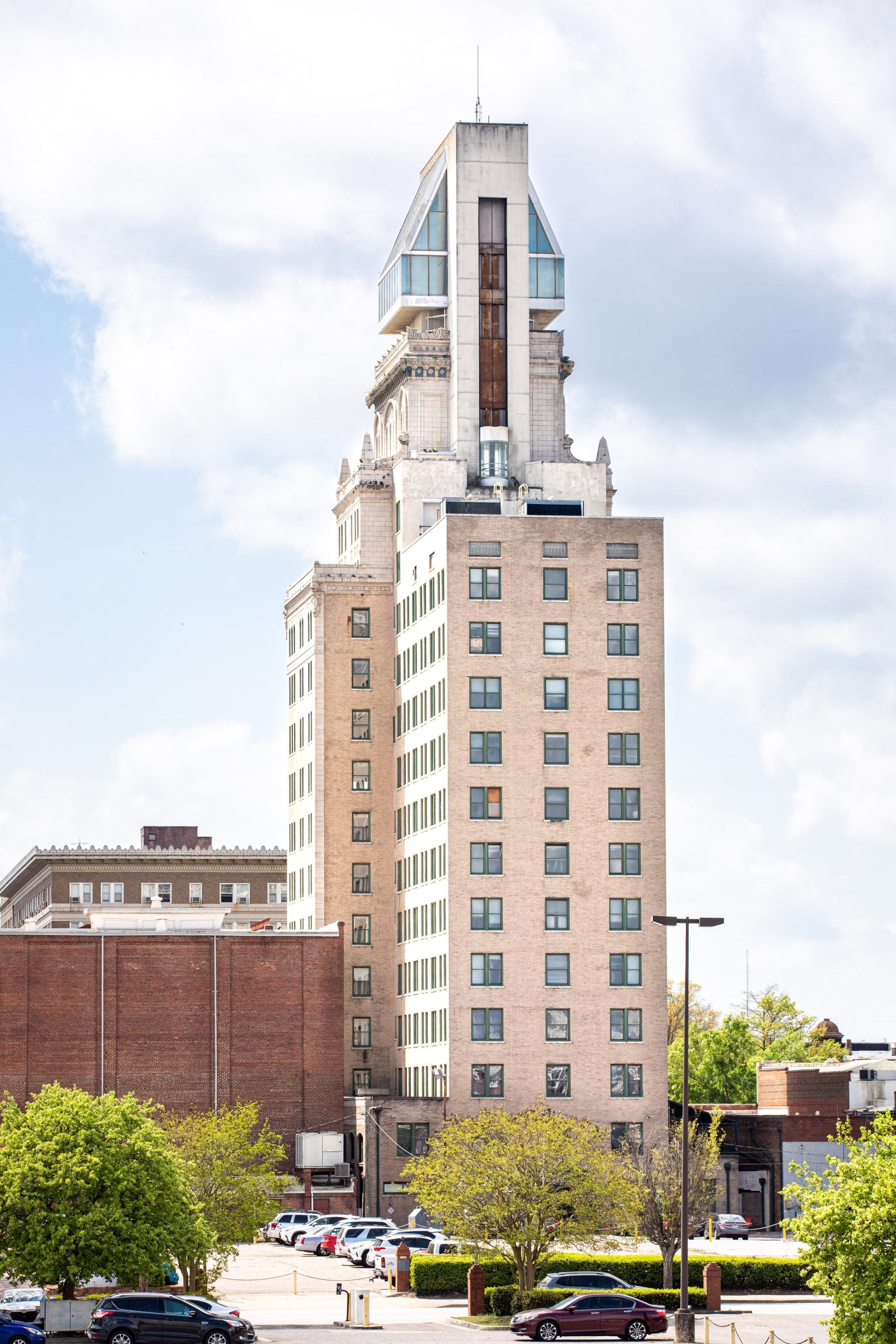For the past 30 years, the state of Georgia and the city of Augusta have literally dumped millions of dollars into the five square mile area known as Laney Walker.
In the 1990s into the 2000s, the Augusta Neighborhood Development Corporation (ANIC) was given upwards of $30 million in funding, loans and incentives.
Yet, the area continues to look more like a slum rather than the pristine grounds of the Augusta National. Sure, ANIC built some houses here and there, but many were of such poor build quality that they declined quickly.
The problem has always been that there is no accountability for the money spent.
Here is how it goes:
The federal Department of Housing and Urban Development (HUD) sends grants to the states and then it is considered “state money.” The states then parcel out the grants using cities as a “pass through,” and so, briefly it is considered “city money.”
The cities then forward the money on to nonprofits and quasi-governmental agencies and the funds tend to vanish, caught in the vacuum of a black hole.
Recently, the city decided to allocate $500,000 for the Armstrong Galleria, a shopping center on Laney Walker Boulevard that gleamed when it was opened in 1993, but now looks like a pitiful relic.
On paper, the money will be managed by the Laney Walker Development Corp., a nonprofit; however, two of the biggest owners of the Armstrong Galleria are the Augusta Land Bank Authority and former Senator Charles Walker.
The Land Bank, a few years ago, sold property worth $116,000 to Walker for a paltry $32,000, and Walker most certainly will gain financially from the city’s “facade grant.”
It is worth noting that it was Walker who arranged the funding for the now defunct ANIC.
While the citizens of Augusta should be concerned with rehabbing troubled neighborhoods, the bigger concern that taxpayers need to be vocal about is why does the city continue to fund that one specific area and never seems to have any visible results of revitalization.










